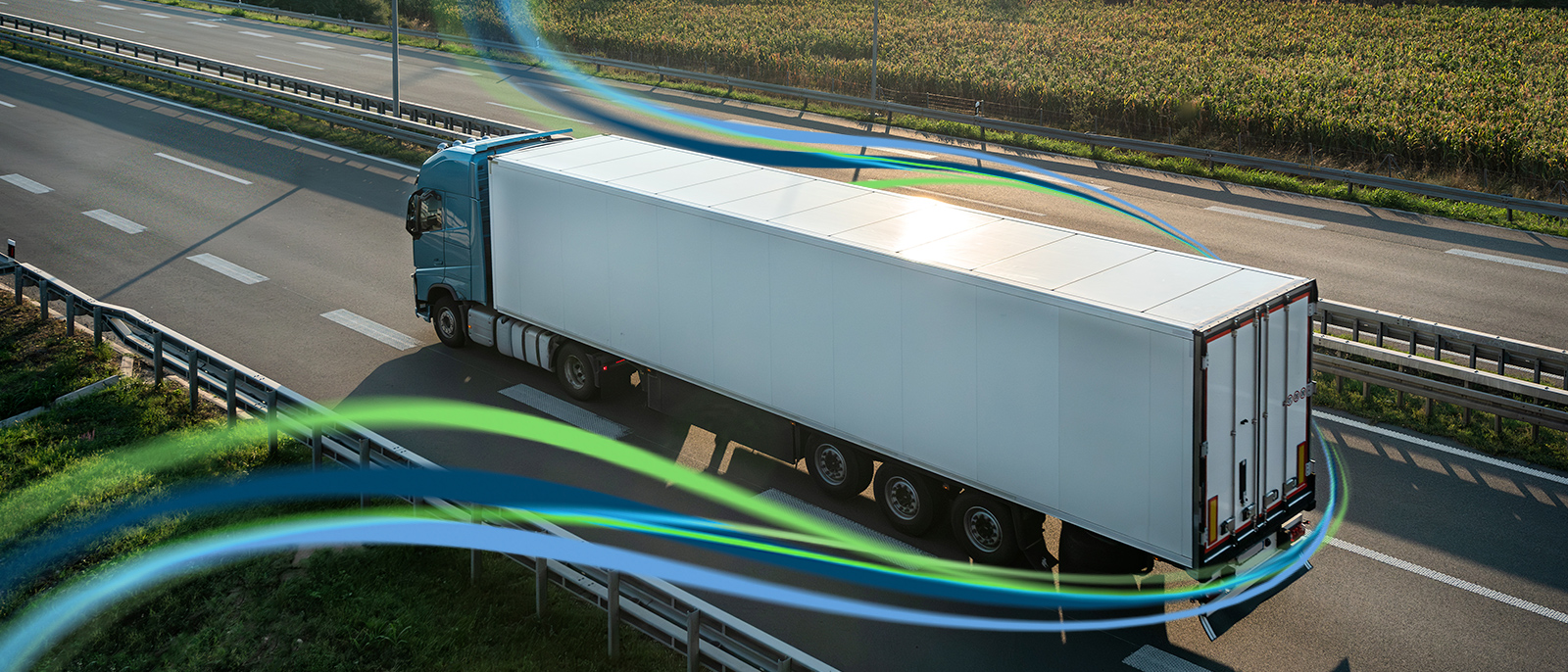Road freight has long been the backbone of European trade, carrying everything from perishable food and consumer goods to industrial machinery.
But in recent years, exporters and logistics providers have had to navigate a growing number of challenges. Rising costs, environmental legislation, labour shortages, and cross-border complexities have all reshaped the way goods move across the continent. At Supreme Freight, we offer expert packing services designed to protect your cargo every step of the way. For more details, visit our Packing page.
Far from slowing down trade, these pressures are driving innovation. Road exports are adapting to meet Europe’s evolving transport landscape, with forwarders finding smarter, greener, and more resilient ways to keep cargo moving.
Fuel Costs and Efficiency Pressures:
One of the biggest pressures on road transport has been fluctuating fuel costs. Higher prices at the pump feed directly into freight rates, and businesses across Europe have had to find ways to offset the impact. Some hauliers are turning to alternative fuels such as LNG and biodiesel, while others are investing in hybrid or fully electric fleets for short- to medium-distance journeys.
Forwarders are also rethinking how routes are planned. With sophisticated tracking and planning software, it is now possible to reduce empty running, improve load consolidation, and cut wasted mileage. These changes not only reduce costs but also make road exports more environmentally sustainable, which is increasingly important for businesses trying to meet green targets.
Emission Rules and Green Regulations:
Europe is leading the charge when it comes to environmental legislation, and the transport sector is under particular scrutiny. From city-level clean air zones to EU-wide decarbonisation targets, exporters need to ensure their goods move in compliance with strict emissions standards.
This has prompted more investment in modern fleets with lower emissions, alongside better coordination between modes of transport. For example, many forwarders are now offering combined road-and-rail options, reducing the environmental footprint of long-distance journeys while still maintaining flexibility. For businesses that rely heavily on exports, partnering with a forwarder that understands these regulatory shifts has become essential.
Labour Shortages on the Road:
Another ongoing challenge is the shortage of qualified drivers. Across Europe, an ageing workforce and recruitment difficulties have left many hauliers struggling to keep up with demand. This has occasionally led to capacity crunches and delays at peak times. To mitigate the impact, some logistics providers are increasing wages and benefits to attract new talent, while others are investing in driver training schemes to bring younger workers into the industry. Technology is also playing a role, with automated loading systems, better telematics, and route optimisation tools helping drivers do more with less.
Cross-Border Complexity:
Even though many border controls within the EU are streamlined, exporters still face paperwork, compliance checks, and occasional delays when moving goods across countries. For UK exporters in particular, post-Brexit arrangements have introduced another layer of complexity, with customs declarations and regulatory requirements adding time and cost.
Forwarders are adapting by offering more comprehensive customs support, digital documentation, and pre-clearance services. These tools speed up the process and help ensure road exports keep flowing smoothly across borders, even in the face of changing rules and political shifts.
The Push for Digitalisation:
Digital transformation is reshaping the industry. Electronic consignment notes, real-time tracking, and digital customs clearance are becoming standard practice. For exporters, this means greater visibility of their shipments and the ability to respond quickly if problems arise. For forwarders, it creates opportunities to deliver faster, more reliable service while reducing paperwork and errors.
As customers increasingly expect real-time updates and seamless communication, digitalisation is moving from a “nice-to-have” to a necessity in road freight.
Building Resilience in Supply Chains:
All of these challenges, from fuel costs and emissions rules to driver shortages and cross-border complexity, highlight the importance of building resilience into export supply chains. Companies that rely on road freight cannot afford to simply react to disruption. They need to work with partners who are proactive, flexible, and well-informed.
This often means looking at multimodal solutions, working with forwarders who have access to multiple transport options, and building in contingency planning for when things do not go to schedule. The businesses that thrive are those that plan for disruption rather than hope it will not happen.
Final Thoughts:
Road exports remain central to Europe’s trading network, but the way goods are moved is evolving fast. Rising costs, environmental targets, and labour shortages are pushing the industry to adapt, while digitalisation is opening new opportunities for efficiency and transparency.
If we can help you, please contact us.
